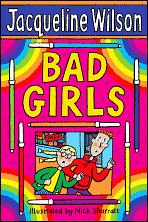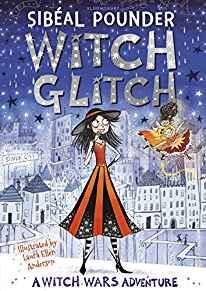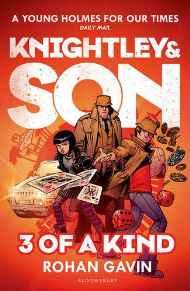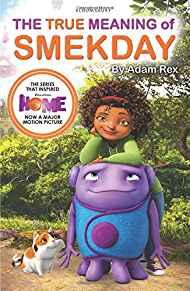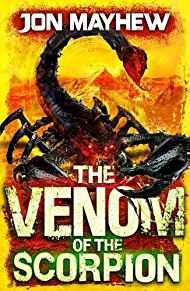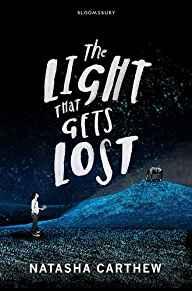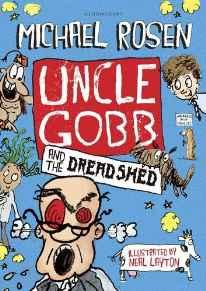Bad Girls
Author: Wilson, Jacqueline
Reading Age: 11 to 13 Sixth Class
Publisher: Transworld
Illustrator: n/a
ISBN-13: 9780440867623
Number of pages: 192
Product Description
Kim’s gang had better watch out! Tanya’s my friend now, and she’ll show them!
Mandy has been picked on at school for as long as she can remember, s... Read more
€7.50 Original price was: €7.50.€7.00Current price is: €7.00.
Sorry, All sold out!

Product Description
Kim’s gang had better watch out! Tanya’s my friend now, and she’ll show them!
Mandy has been picked on at school for as long as she can remember, so she is delighted when cheeky, full-of-fun Tanya befriends her. Mum isn’t happy, she thinks Tanya’s a ‘bad girl’ and a bad influence. Is she or isn’t she?
Publishers Weekly
PW called this tale of a 10-year-old who flees three bullying classmates and gets hit by a bus ‘tightly written. The author proves that bad girls can make for a good story.’ Ages 8-12. (Apr.) Copyright 2002 Cahners Business Information.
Publishers Weekly
Wilson (The Suitcase Kid) opens this tightly written tale with a bang: 10-year-old Mandy, after being humiliated by three bullying classmates, dashes into the street and gets hit by a bus (she sprains her arm, but is otherwise fine). Mandy’s first-person narrative then settles into a credible, engaging account of how she copes with the ongoing taunting from these three ‘bad girls’ and with the coddling of her overprotective mother. The author compellingly demonstrates the dramatic differences in the physical and emotional development among fifth graders. Things begin to look up when Mandy meets 14-year-old Tanya, a foster child who moves into a neighbor’s home. With her spiky orange hair, high heels and cropped tops, Tanya couldn’t look more unlike the bespectacled Mandy, whose mother dresses her in ‘stupid baby clothes’ and insists she wear her hair in braids. Despite the differences in their ages and backgrounds–and much to the chagrin of Mandy’s mother–the two develop a friendship that enables the heroine to assert her individuality. Even after Tanya must move to a ‘children’s home’ (after she, with Mandy in tow, gets arrested for shoplifting), Mandy develops a strength and maturity that enable her to relate better to her mother and to brush off the barbs of the bullies. Shaping convincing characters, dialogue and plot, Wilson proves that bad girls can make for a good story. Ages 9-12. (Feb.) Copyright 2001 Cahners Business Information.
Children’s Literature
There are all types of bad girls. Some are actually mean bullies that tease and torment smaller, vulnerable girls who must face them everyday at school. Others are just lonely and neglected, overcompensating for the tough life they have been dealt. In this story, Mandy is one of the girls taunted by the first kind of bad girl. Even her best friend has turned against her and joined forces with her tormenters. At the bus stop, in the classroom and elsewhere, these girls make fun of almost everything about Mandy. Just when Mandy thinks she can’t take it any longer, Tanya moves in. Tanya is a foster child who has had a tough life. She represents the second type of bad girl. In fact, she is completely the opposite of Mandy. Even though Mandy’s parents aren’t excited about her hanging out with Tanya, Tanya turns out to be Mandy’s most faithful friend and defender. This is a great book about an issue that many girls deal with¾teasing. It also deals with the concept of judging others, and is a delightful book with many great lessons. 2001, Delacorte Press, $15.95. Ages 8 to 12. Reviewer: Sheree Van Vreede
School Library Journal
Gr 4-6-Although sharing the same title as Cynthia Voigt’s Bad Girls (Scholastic, 1996), the similarity ends there. When her friend Melanie teams up with Kim and Sarah, 10-year-old Mandy White becomes the target of their taunts and gets hit by a bus while trying to run away from them. Despite the efforts of Mandy’s mother, teacher, and principal, the girls continue to bully, only changing their tactics. Mandy copes better when she becomes friendly with 14-year-old Tanya, who lives in a foster-care home. Although Mandy disapproves of Tanya’s shoplifting, the two end up at the police station when Tanya is caught. The author’s depictions of the characters and situations ring true. The British expressions give the story a sense of place and do not interf



